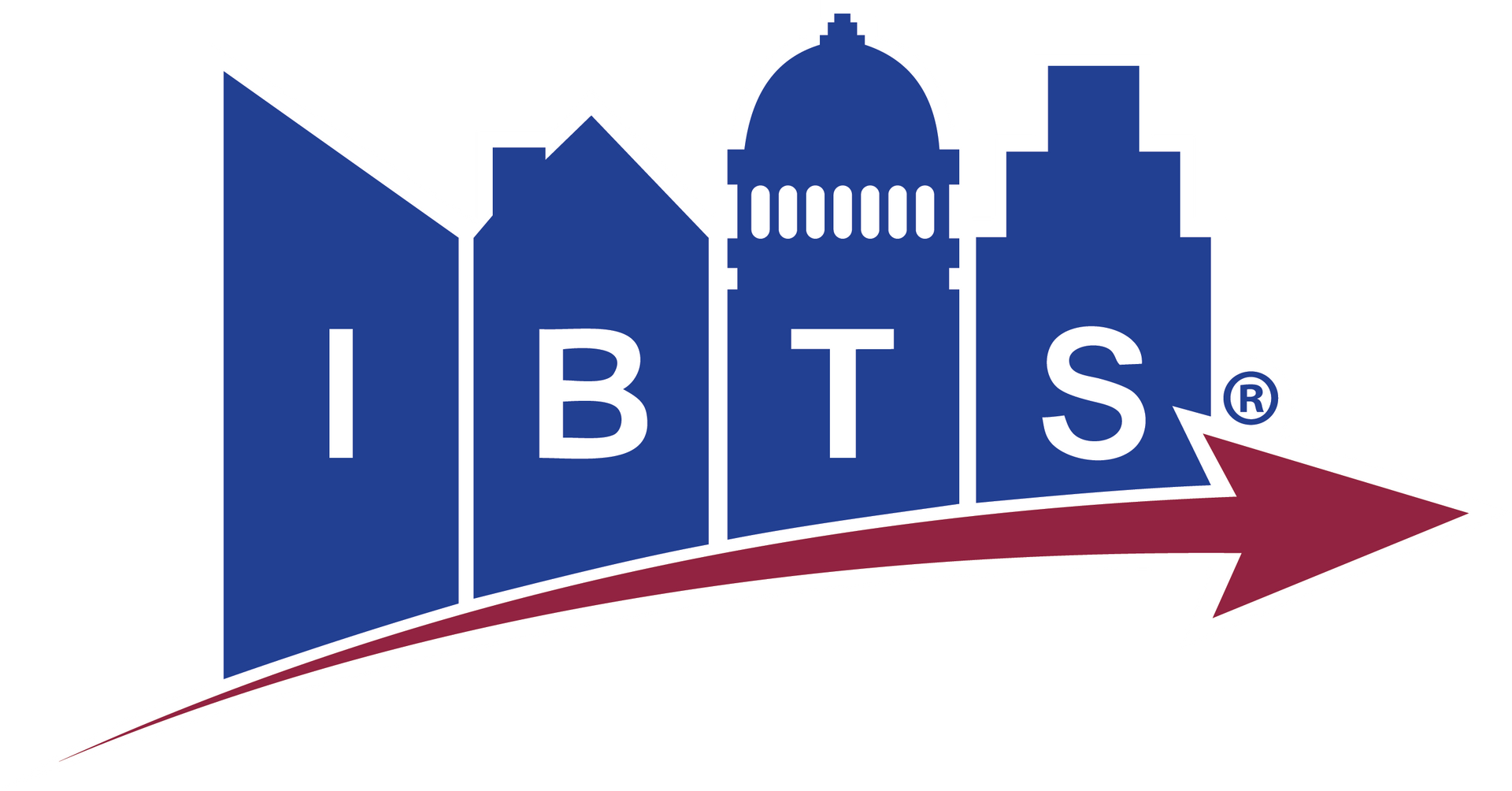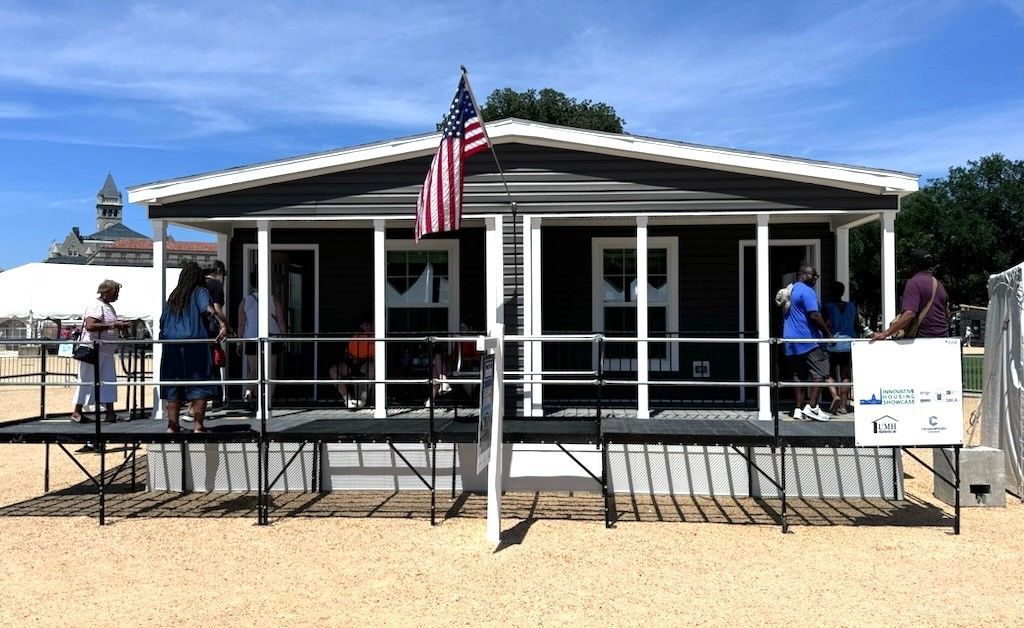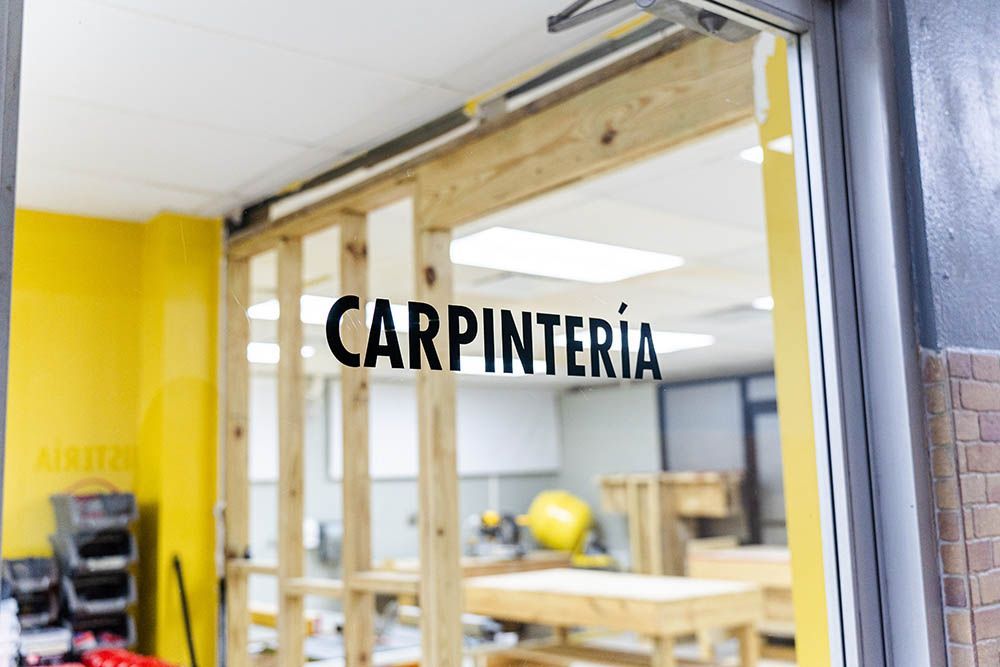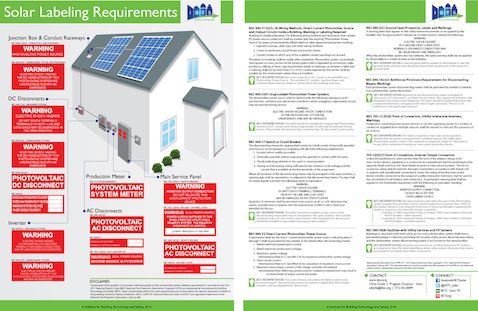INSIGHTS
Explore our library of resources, reports, tools, and more from IBTS' team of industry experts.
Latest Insights
News
Podcasts

Solar standards are critical to ensuring the performance, resilience, and safety of solar photovoltaic installations and, accordingly, to protecting building owners, installers, manufacturers, and jurisdictions. In this episode of On Further Inspection, learn about the history of solar standards and IBTS' role in their evolution from our guest, Rudy Saporite, Program Director for IBTS' Energy Services.
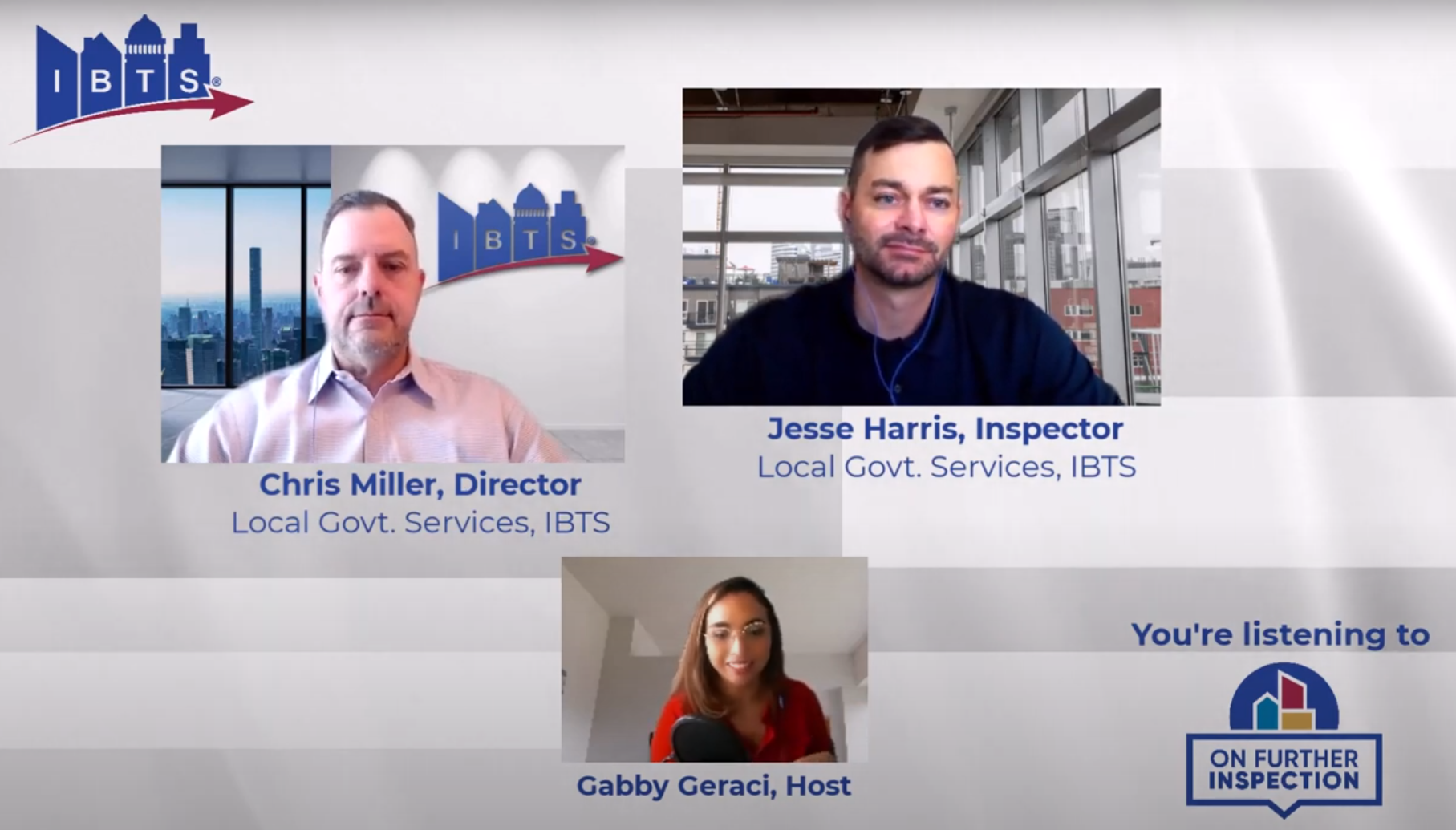
In this first episode of IBTS' podcast On Further Inspection, host Gabby Geraci invites guests Chris Miller, IBTS Director of Local Government Services, and IBTS Inspector Jesse Harris to share insight into how jurisdictions can benefit from third-party inspections and other building department services.
Case Studies

The Institute for Building Technology and Safety (IBTS) is a national, nonprofit professional services organization providing on-call, third-party building department support for local governments. In this white paper, IBTS shares its experiences with remote building inspections to help jurisdictions evaluate the utility of this emerging approach for their own building departments. IBTS is also seeking to establish a steering committee to help define best practices for local governments. For more information, visit ibts.org/remote
Reach Out
Please use the following contact form to reach out to us with your inquiries and feedback.


